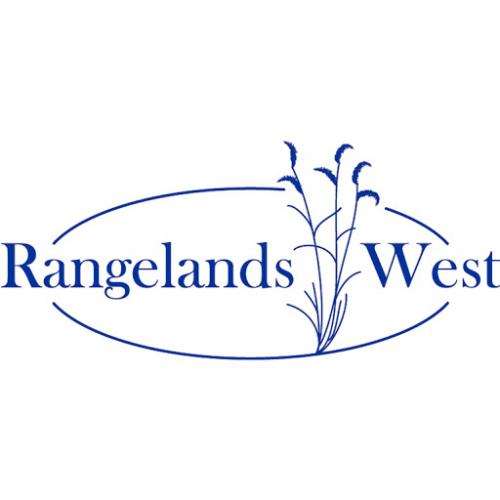Vegetation and soils were evaluated on a black-tailed prairie dog (Cynomys ludovicianus) colony and adjacent non-disturbed mixed-grass prairie in central South Dakota. The study's objectives were 1) determine differences in plant species diversity and richness, and selected soil quality parameters between prairie dog colonies and adjacent non-disturbed sites, and 2) evaluate impacts of prairie dogs on water infiltration rates. Three soil series were evaluated representing three ecological sites (Opal, Cabba, and Wayden). Plant species richness was higher on the Control on Opal soils, while being lower on the Control on Cabba soils. Lower soil pH and higher nitrate concentrations were found on the prairie dog town for Opal and Cabba soils near the soil surface, close to the prairie dog mounds. These findings show prairie dog impacts on soil parameters can vary across different soil types, which can affect the diversity and richness of vegetative communities within prairie dog colonies.

Articles, citations, reports, websites, and multimedia resources focused on rangeland ecology, management, restoration, and other issues on American rangelands.